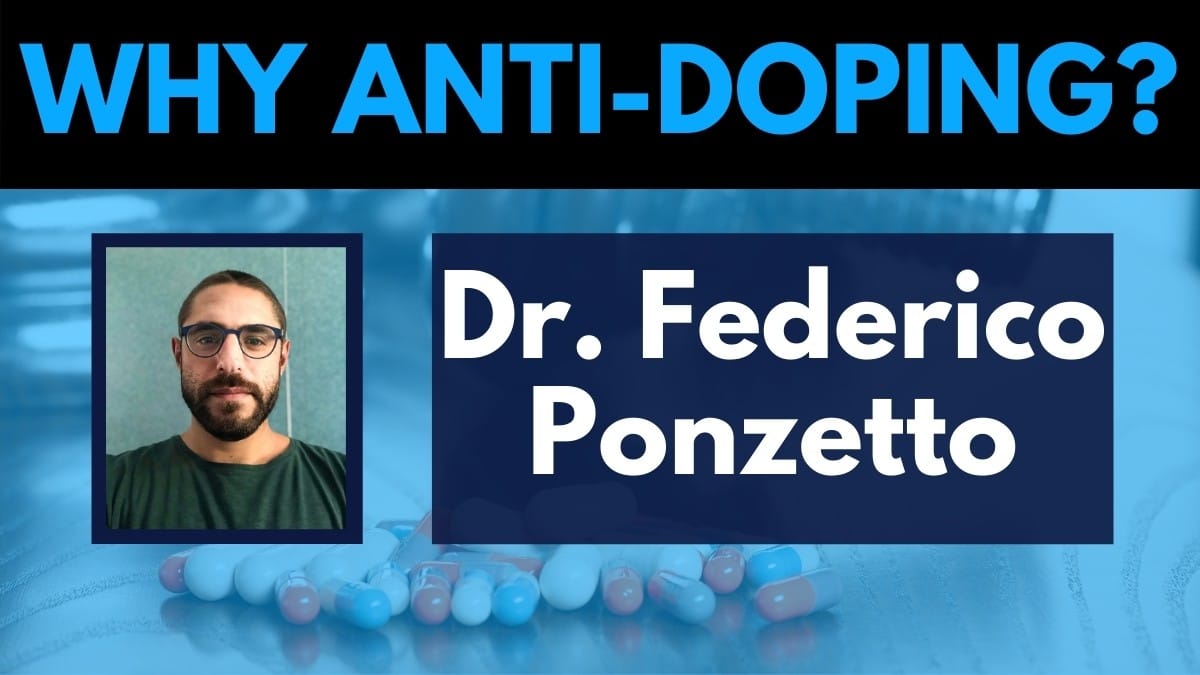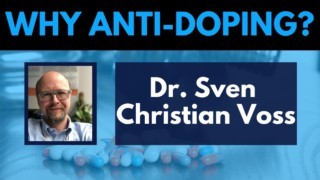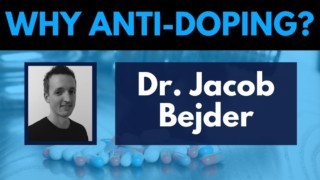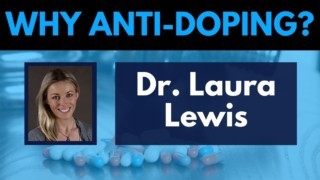Clean sport research can be incredibly rewarding, but you don’t have to take the Partnership for Clean Competition’s word for it. Researchers in the anti-doping space bring a lot of passion to their work. We decided to let them explain what makes the field so compelling in their own words.
Dr. Federico Ponzetto is a part of the PCC Fellowship Program and a Postdoctoral Research Fellow in the Department of Medical Sciences of the University of Turin (Italy).
How would you describe your work to someone unfamiliar with the field?
As a researcher and expert in analytical chemistry, my work within the anti-doping context is to improve the methods that are currently used in WADA-accredited laboratories around the world and develop novel strategies for the detection of the use/abuse of doping agents. The focus of my research in the last years has been the class of Endogenous Anabolic Androgenic Steroids (EAAS), the main compound of which is Testosterone, and the development of a novel analytical method capable of detecting the abuse of their synthetic forms in blood samples. This approach, which I’ve been employing at a research level, has recently also been applied to the real samples of athletes.
Why are you drawn to anti-doping?
Since I finished high school, I already had in mind to enter the world of anti-doping: being a massive sports fan, the goal of becoming an integral part of the sport environment has always been present in the thoughts about my future career. The best way to accomplish this “mission” was, from my point of view, taking advantage of my natural scientific skills and continuing my education with a focus on preparing myself for being an anti-doping expert. I graduated in Chemistry and had a Master in Clinical, Forensic and Sports Chemistry, which gave me the opportunity to carry out my Master thesis work at the Lausanne WADA-accredited laboratory. Thanks to that experience, I had the confirmation that I could be a “soldier” of the fight against doping by using my analytical chemistry knowledge to develop and improve methods for the detection of prohibited substances.
Why should scientists in related fields take a look at contributing to anti-doping?
I think that scientists that work in biology, chemistry and biochemistry laboratories should be more involved in anti-doping research because it represents one of the research areas where results could be effectively applied to a real-world issue in a reasonable timeframe. In addition to this, I’ve also observed that the anti-doping scientific community is still largely made up by analytical chemistry experts, while the challenges related to the detection of prohibited substances are increasingly requiring the creation of multi-disciplinary research groups. Indeed, the aim of not only detecting the abuse of prohibited substances but also fully understanding their physiological effects and the related biochemical processes will be, in my opinion, one of the main goals of the anti-doping community in the next years and will surely demand the combination of as many different types of expertise as possible.
Would you like to help spread the word about anti-doping research by answering these questions for our next post? Know someone you’d like to hear these answers from? Tweet at @PCCAntiDoping or email Communications Director David Kumbroch at dkumbroch@cleancompetition.org to nominate someone.




